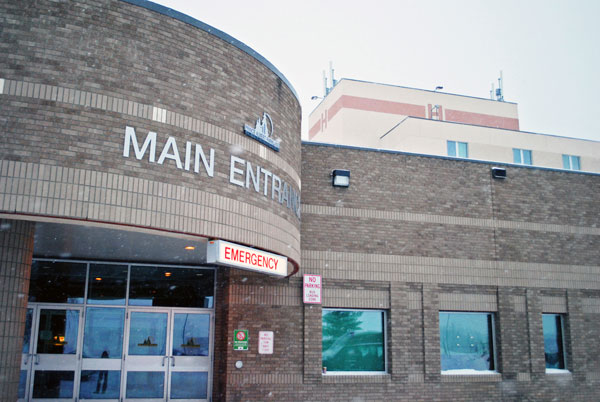
Victoria Hospital will get one new permanent ICU bed, bringing the total to nine in the facility, part of an expansion of 11 additional beds across the province.
The new beds are expected to be operational by June 2022 with a longer term plan to increase ICU capacity to 110. The province has also moved to increase the number of surgeries done over the next three years to clear up backlogs caused by COVID-19.
“This change will help our province better prepare for surges in ICU demand and ensure access to services,” said Health Minister Paul Merriman in a media call on Dec. 9.
In Regina, they will add 10 high-acuity beds to shift patients away from ICU.
“We are working on developing a program to care for long-term ventilated patients outside of the critical care settings,” Merriman said.
Most health care staff are now back at their home postings, with 90 per cent of staff having returned from pandemic postings.
The SHA also says it will not only resume surgical services but will increase them over pre-pandemic levels over the next three years.
Next year, an additional 7,000 surgeries will be done, another 6,000 the following year and 5,000 the year after that.
More staff are needed to handle the increased volume so the SHA is looking at areas like more hours for casual staff and recruiting recent graduates.
“We’re complementing that with additional human resources that are graduating from the colleges and universities,” he said.
Some of those will come from an increase in specialized critical care training seats at Saskatchewan Polytechnic. The school has increased its seats for 2021-22 to 144 in order to meet long and short term needs.
Which surgeries are prioritized will include hip and knee replacements, ear/nose/throat surgeries, dental and general surgeries.
“There will be an emphasis on surgical procedures with higher numbers of long-waiting patients,” said Merriman.
He also said that the province will use different methods to get to their goal of a three-month waiting time, part of which will include increasing the use of private providers and different public facilities.
“We will make greater use of our regional service centres,” said Merriman.
“We’re going to build on existing contracts with private surgical providers to increase the number and types of surgeries they can perform. This will give additional capacity to the SHA to perform more complex procedures.
The Canadian Union of Public Employees was quick to condemn the notion of using more private providers, saying the improvements should be made within the public system.
“Contracting out surgeries is not a magic silver bullet for wait times. There is a limited pool of health care staff, and privatization of more health care services will pull medical staff away from the public system,” said Bashir Jalloh, president of CUPE Local 5430.
This decision will only worsen our recruitment and retention challenges.”
He said that contracted services actually cost more as private clinics operate for a profit and have higher administrative fees compared to public services.
As well, CUPE says that patients that use private surgical options still use public resources for followup, homecare and therapies and these are areas also experiencing backlogs.
